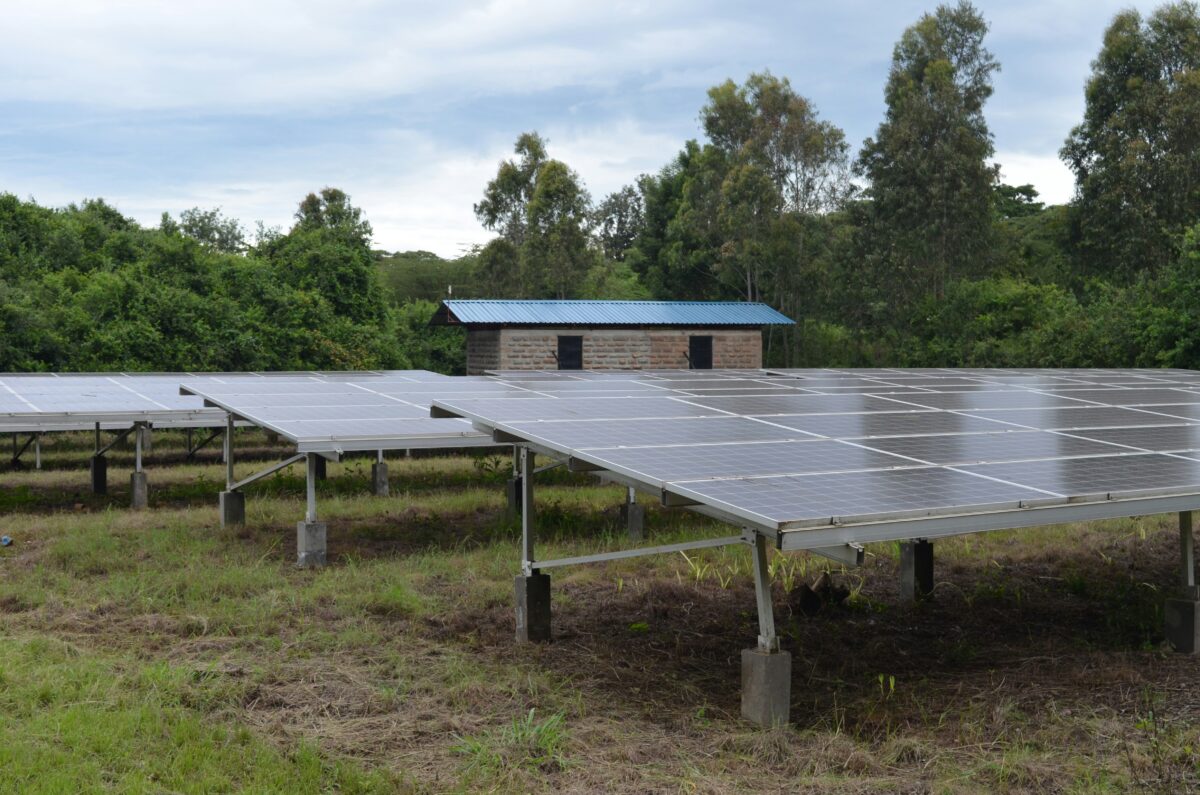On January 31, 2025, the World Bank, in collaboration with the African Development Bank and other global investors, provided a loan of 35 billion dollars to expand electricity access throughout the African continent. The loan occurred in tandem with the African Energy Summit and Mission 300, a collaborative initiative aimed at providing accessible and affordable energy to half of Africa’s population currently without power.
Half of the loan was allocated to clean energy initiatives including solar and wind, one of the many indicators of a global push away from fossil fuels. Solar photovoltaics (Solar PV) energy is the third largest renewable contributor on earth, and currently constitutes just over five percent of total electricity generation. It will likely become the largest contributor by 2029 as the renewable market expands and implementation prices drop.
But where does Africa fall into this equation? The continent is a hotbed of solar resources, with uncovered deserts and savannah grasslands spanning multiple countries; its solar potential remains largely untapped. Despite containing around 60 percent of the world’s solar resources, it only accounts for a minuscule fraction of global solar energy production.
The challenge with solar power, mainly in Sub-Saharan Africa, stems from inadequate investment, unreliable grid infrastructure, and deep-rooted economic and social challenges facing local communities. High energy demand is met with an overall lack of local solar developers while measly revenues and government-controlled production impact those who do choose to take on solar projects. As African countries seek to develop a more sustainable energy base, they must balance the energy needs of their people with the adjustment pains of solar deployment.
For Tanzania, solar success has risen and fallen. The American-based company Husk began a small-scale project to bring power to rural communities in the country through individual mini-grids and found short-term success in the village of Matipwili with both businesses and residents. Despite positive attitudes, the project ultimately failed, highlighting the country’s issues with poor revenue production and government-controlled markets. Husk ended up losing their money and closing its doors, leaving those who had paid for solar energy with nothing.
The energy that Husk provided was replaced by a centralized state-run system that transported power to the city over a distance, which, according to the residents, proved much more expensive. While the price to produce solar voltaic technology is falling, the main costs are due to the installation of the mini grids on infrastructure. Despite its initial failure, however, the situation in Matipwili supports the idea that individual solar cells could eventually be the best choice for many civilians.
Smaller projects have seen greater success in Kenya, which is becoming one of the leaders in solar mini-grids on the continent. “Kenya has deployed mini grids to serve communities that are not connected to the main grid,” stated Mr. Davis Chirchir, Cabinet Secretary for Kenya’s Roads and Transport. “Currently, we have about 62 mini-grids that are fully operational and 28 that are under construction. We hope to deploy more mini-grids to close the energy access gap and ensure universal access to electricity by 2030.”
One organization driving small-scale energy transformation is SunCulture, a solar tech company based out of Nairobi that has provided over fifty thousand rural farmers with solar-powered irrigation, a notably off-grid energy source. The solar-based irrigation systems combat water shortages from prolonged dry seasons in the region due to climate change, leading to flourishing crops and livestock. “This is something that will change your life like it changed mine,” claimed Josephine Waweru, a 52-year-old farmer located in the town of Sagana. With SunCulture technology, she has been able to integrate fish farming and potatoes into her production. As one of the success stories of SunCulture, Josephine and other recipients have cited how the technology was able to save them time, money and led to an increase in their overall incomes.
While it is undeniably still difficult for companies to achieve growth in the solar energy sector, solar offers high environmental, social, and economic payoffs, especially for remote and underserved regions where energy access is limited. Since rural Sub-Saharan Africa already contends with a scarcity of electricity, ambitious initiatives remain vital.
Sources:
Baskaran, G., & Coste, S. (2024). Achieving Universal Energy Access in Africa amid Global Decarbonization. Center for Strategic and International Studies (CSIS). http://www.jstor.org/stable/resrep57643
Bearak, M., & Malin Fezehai. (2025, January 27). A $35 Billion Loan Project, Led by World Bank, Aims to Expand Electricity in Africa. The New York Times. https://www.nytimes.com/2025/01/27/climate/africa-world-bank-solar-electricity.html#
IEA. (2023). Solar PV. International Energy Agency. https://www.iea.org/energy-system/renewables/solar-pv
Mission 300 is Powering Africa. (2019). World Bank. https://www.worldbank.org/en/programs/energizing-africa
Solar Mini Grids Could Sustainably Power 380 million People in Africa by 2030 – if Action is Taken Now. (2023, February 26). World Bank. https://www.worldbank.org/en/news/press-release/2023/02/26/solar-mini-grids-could-sustainably-power-380-million-people-in-afe-africa-by-2030-if-action-is-taken-now
SunCulture – Experience the Power of the Sun. (n.d.). SunCulture. https://sunculture.io/Toesland, F. (2024, January 25). Start-ups powering up Africa’s solar energy ecosystem. Africa Renewal. https://www.un.org/africarenewal/magazine/january-2024/start-ups-powering-africa%E2%80%99s-solar-energy-ecosystem

